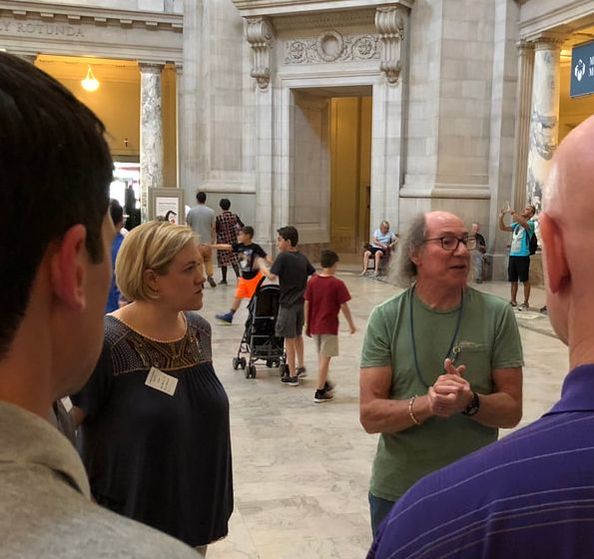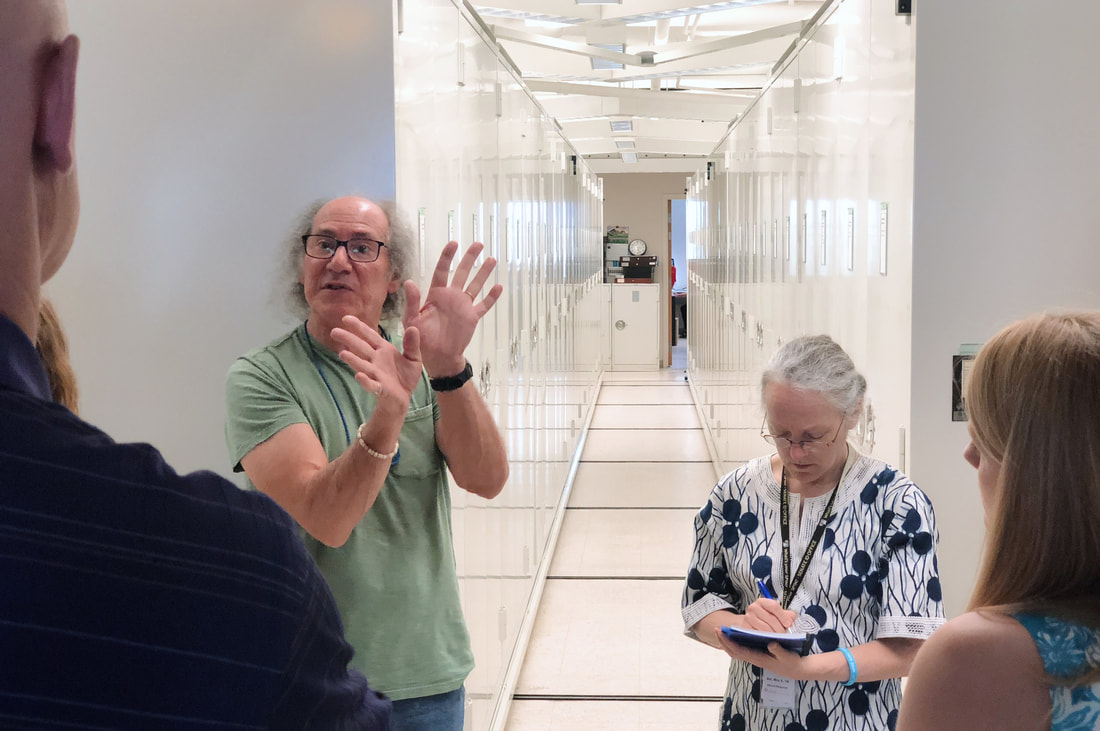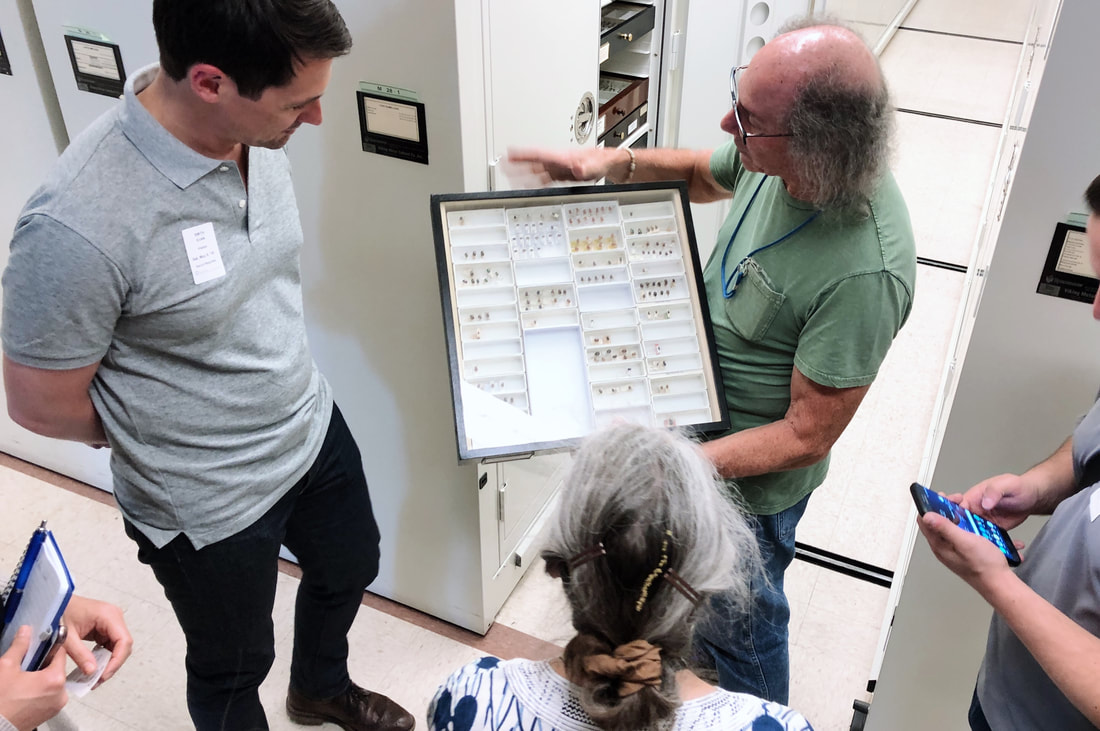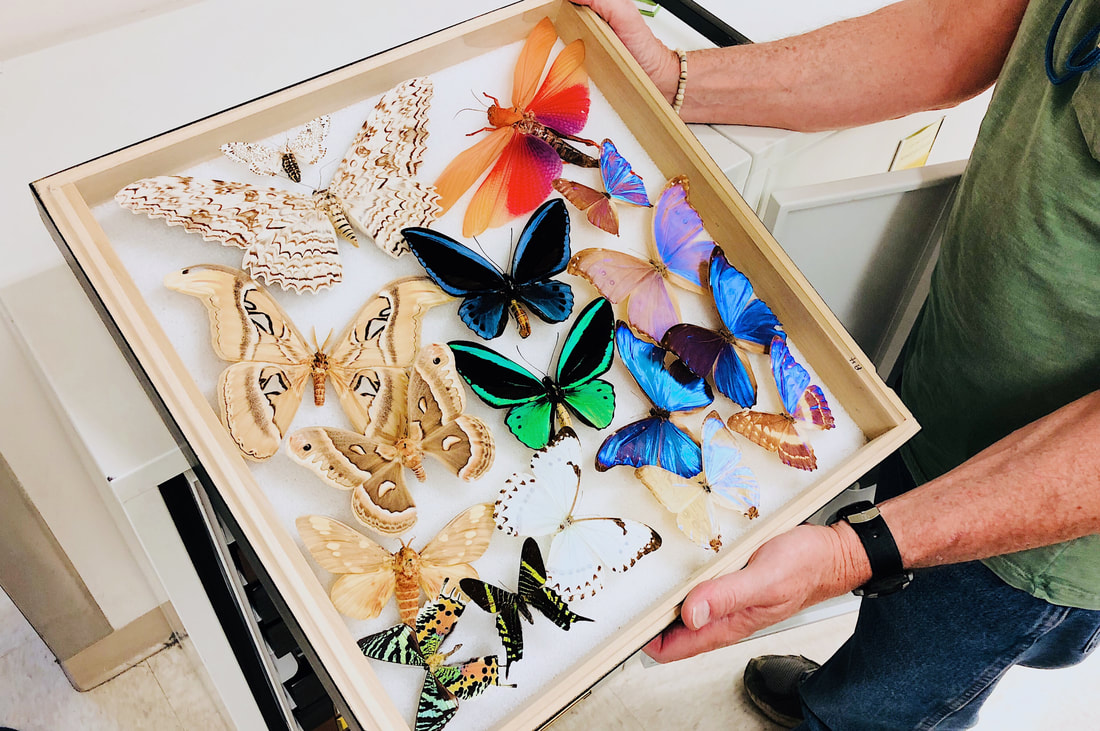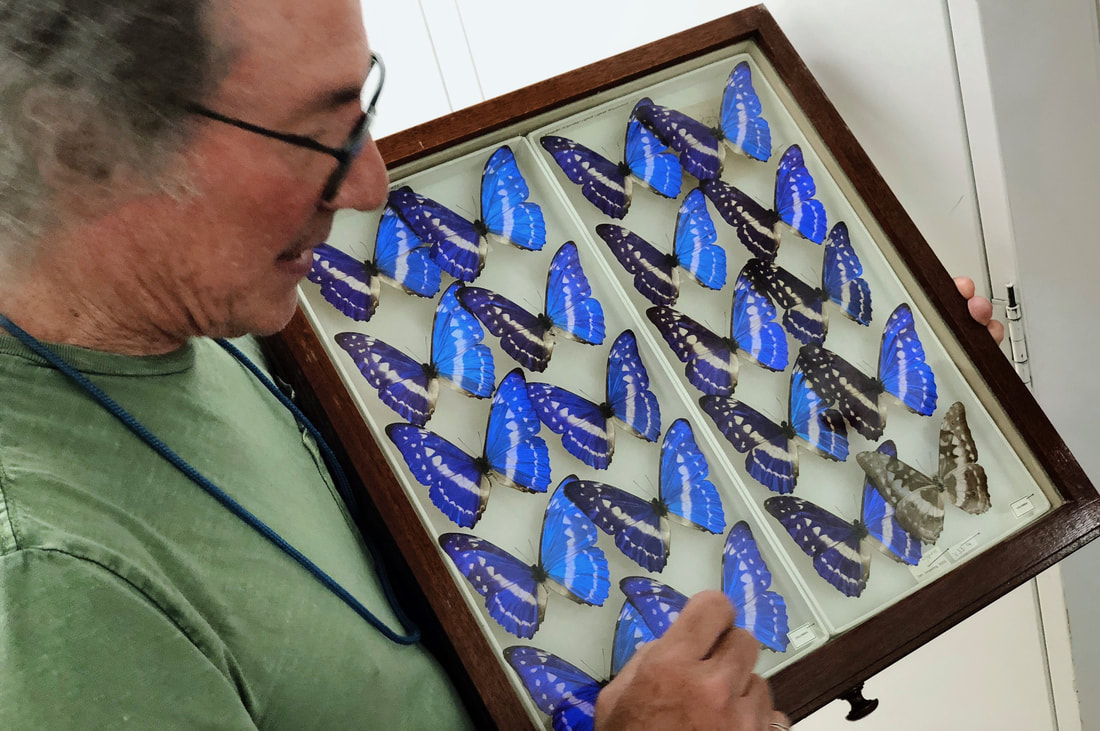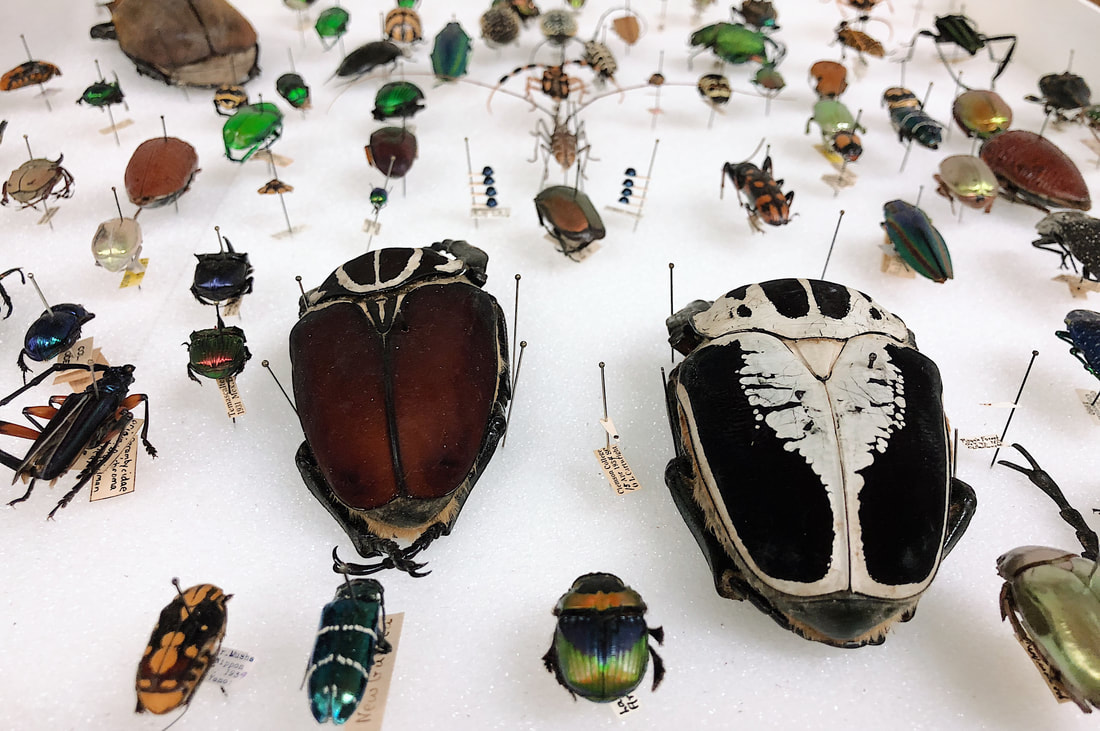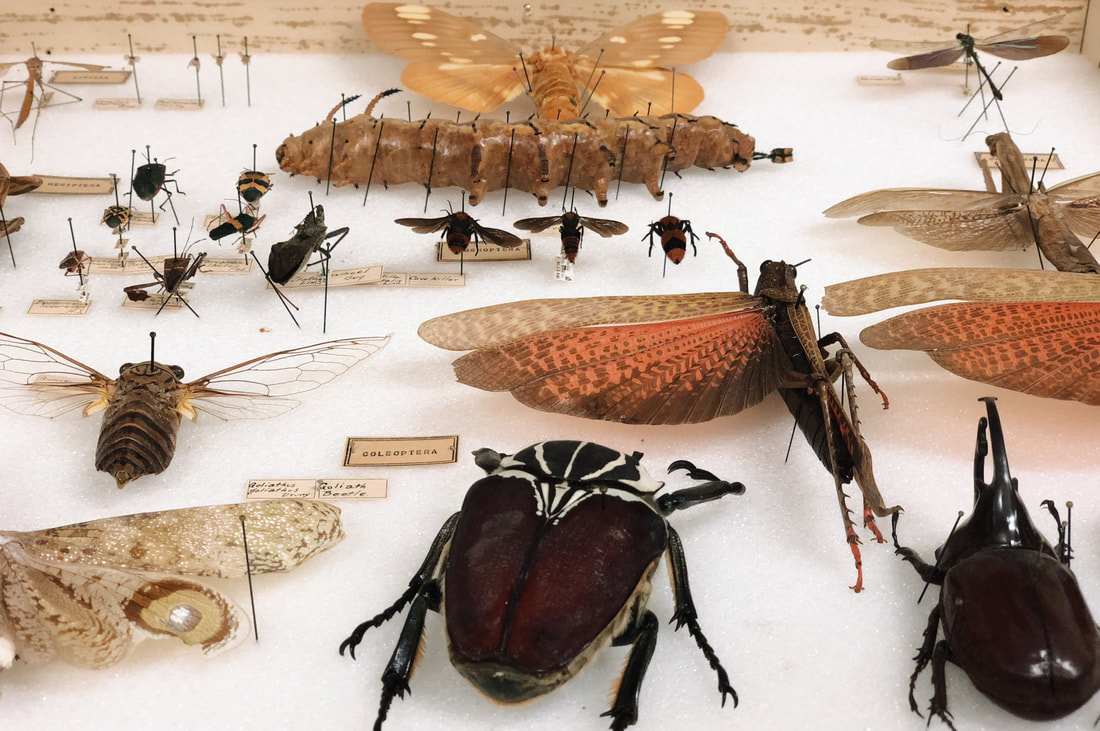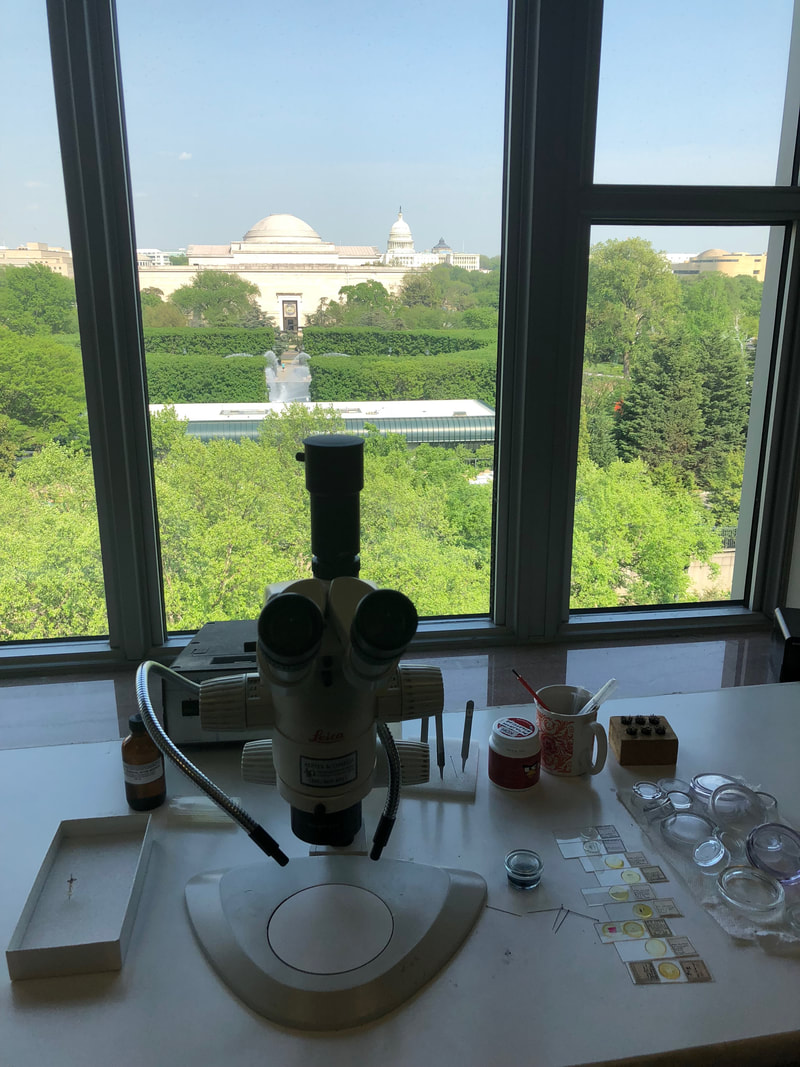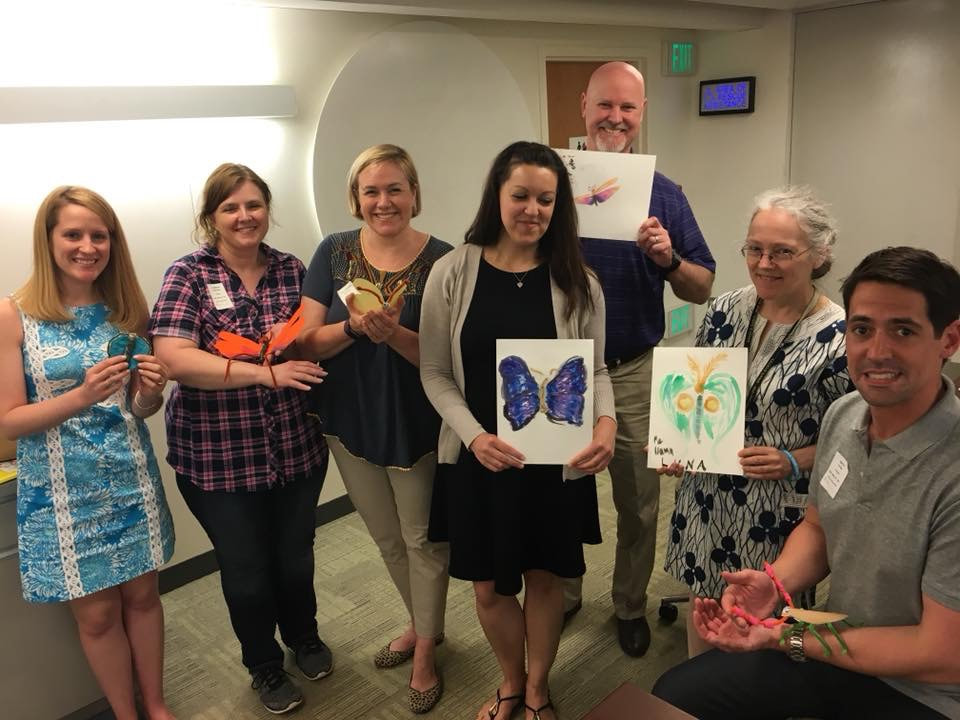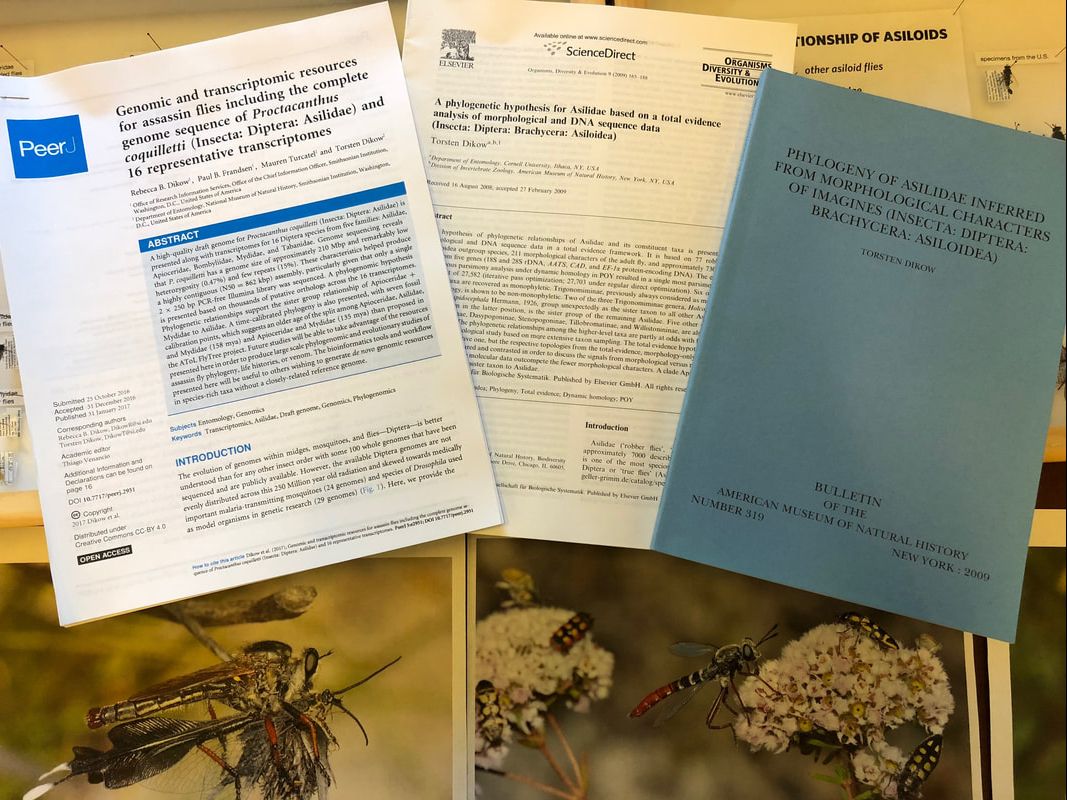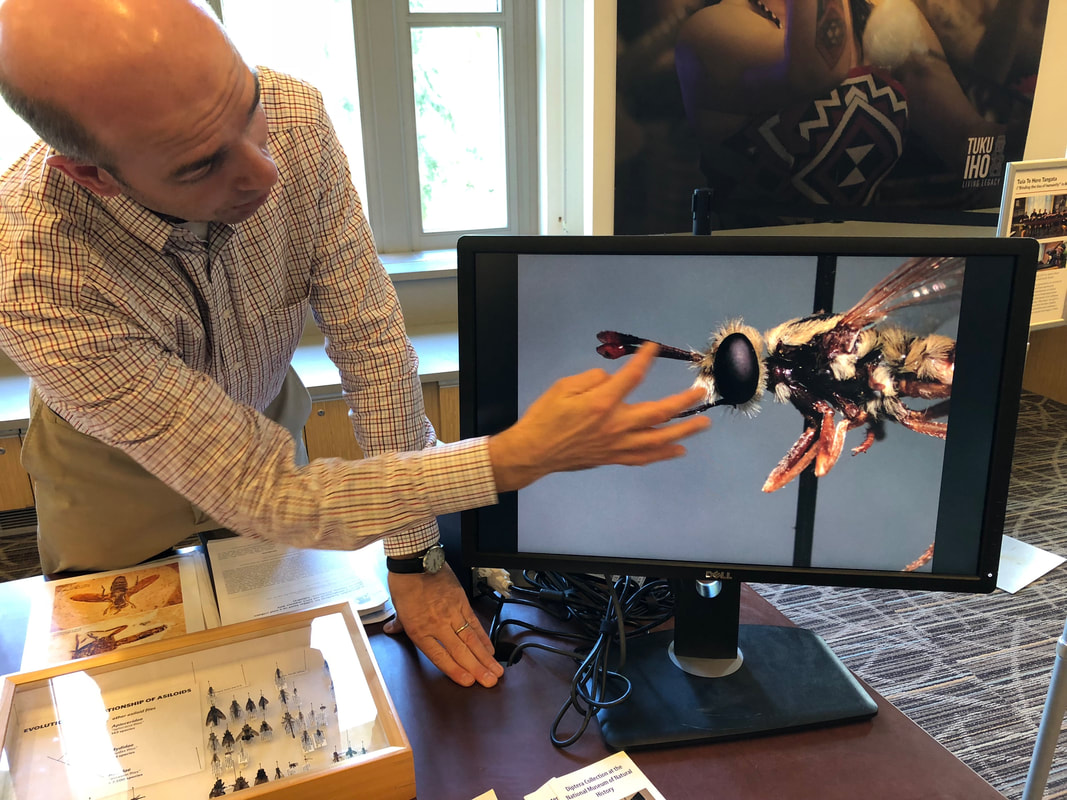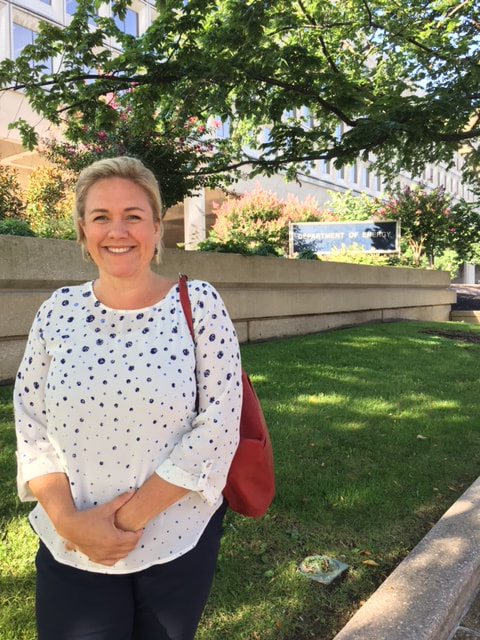|
It probably doesn’t come to a surprise to anyone that I love the Smithsonian National Museum of Natural History (NMNH). Each time I visit I am able to learn more about the natural world and the role of museum collections in the preservation and study of biological samples from around the world. So, for my “First Friday” (a monthly gathering of the Einstein Fellows, planned by a different person each month), there was no doubt that I was going to try to get our group behind-the-scenes of my favorite D.C. museum. Luckily, I was able to make a connection to a NMNH scientists via a different scientist with which my students and I had volunteered in the past. In 2017 my students and I volunteered on a project in Costa Rica during which time we learned about the complex relationships between caterpillars, the plants they eat, the parasitoids that eat them, and the changes in climate that are reshaping the rainforest. The community of caterpillar scientists is rather small, and the principal investigator on that project was able to e-introduce me to Dr. John Brown, entomologist extraordinare with the NMNH. I reached out to Dr. Brown early in the fellowship about the possibility of being given a behind the scenes tour of the entomology department at the museum. I am so thankful that Dr. Brown was willing and eager to host our group. The tour was SO COOL! We focused on the Lepidoptera collection, the butterflies and moths. The Lepidoptera Collection has over 4 million specimens, occupying over 30,000 drawers in metal cabinets that stretch as far as the eye can see! The museum has the most complete representation of both larvae (123,000 specimens) and adults in the Western Hemisphere plus samples from the nearctic, palearctic, neotropics and far east. Dr. Brown is a USDA research entomologist, so his research primarily focuses on insects that are of economic importance to American agriculture. Dr. Brown did a great job explaining why an understanding of insect taxonomy, natural selection and basic biology are important in protecting and understanding national and ecological interests. After our tour, I lead a session with the Fellows about using creativity and visual arts as a way to increase student engagement and to teach observation skills. We had fun creating visual displays of the favorite insects we had seen on the tour. I also attended a public session at the NMNH about assassin flies, hosted by Dr. Torsten Dikow. I was the only one there (!) so Dr. Dikow and I had a great chat about his career path and his work as the Curator of Diptera (flies) at the museum. Dr. Dikow focuses his work on the phylogeny and revisionary taxonomy of asiloid flies. These are incredible flies (7500 different species) that catch and eat other insects IN FLIGHT! They have mouthpieces adapted to stab the pray, release venom and suck in the nutrients! Some of them even mimic bumble bees in appearance, thought to be an adaptation for avoiding being eaten by birds. It’s really been a gift to have had the opportunity to meet these scientists and I am very appreciative of their patience with a curious biology teacher who keeps asking a lot of questions!
|
Archives
July 2018
|
I give many of my IB Biology resources away, for the benefit of students and teachers around the world.
If you've found the materials helpful, please consider making a contribution of any amount
to this Earthwatch Expedition Fund.
Did I forget something? Know of a mistake? Have a suggestion? Let me know by emailing me here.
Before using any of the files available on this site,
please familiarize yourself with the Creative Commons Attribution License.
It prohibits the use of any material on this site for commercial purposes of any kind.
If you've found the materials helpful, please consider making a contribution of any amount
to this Earthwatch Expedition Fund.
Did I forget something? Know of a mistake? Have a suggestion? Let me know by emailing me here.
Before using any of the files available on this site,
please familiarize yourself with the Creative Commons Attribution License.
It prohibits the use of any material on this site for commercial purposes of any kind.
